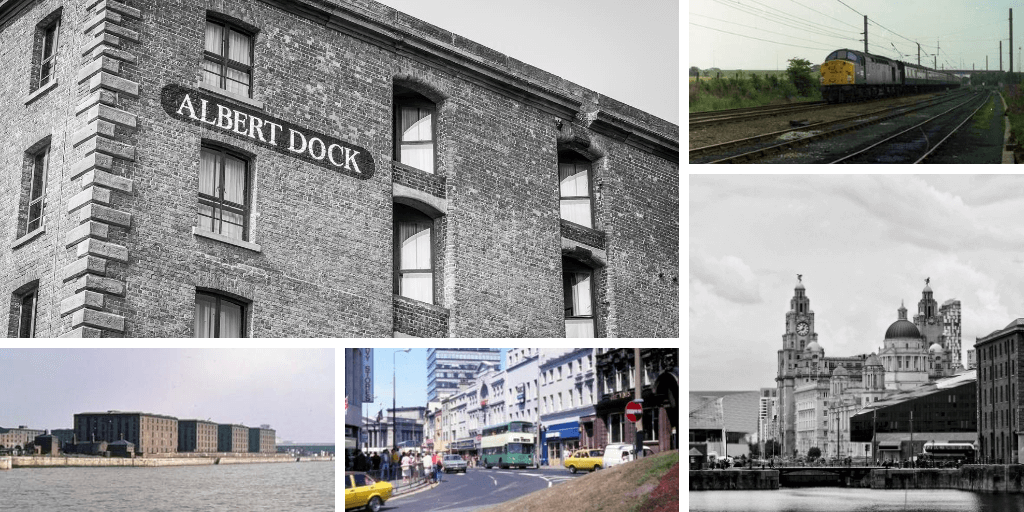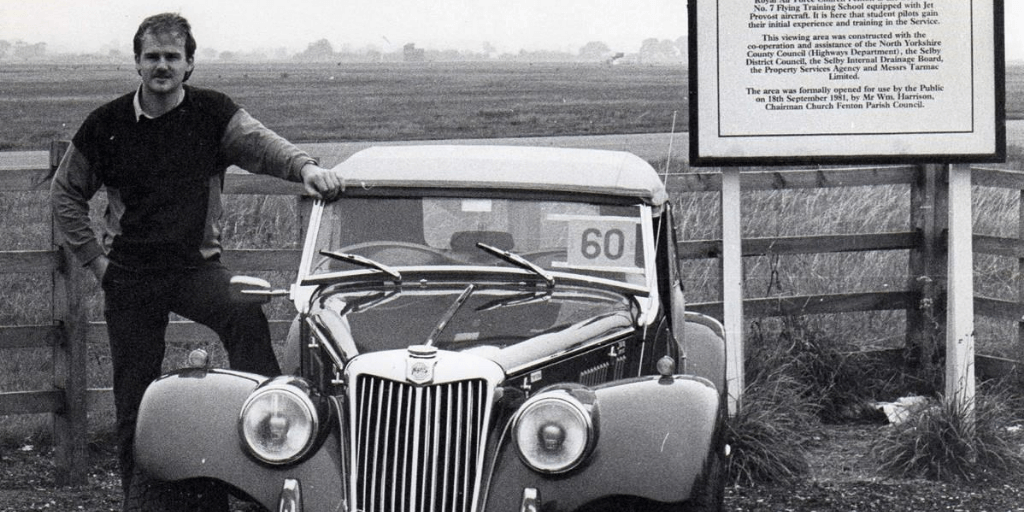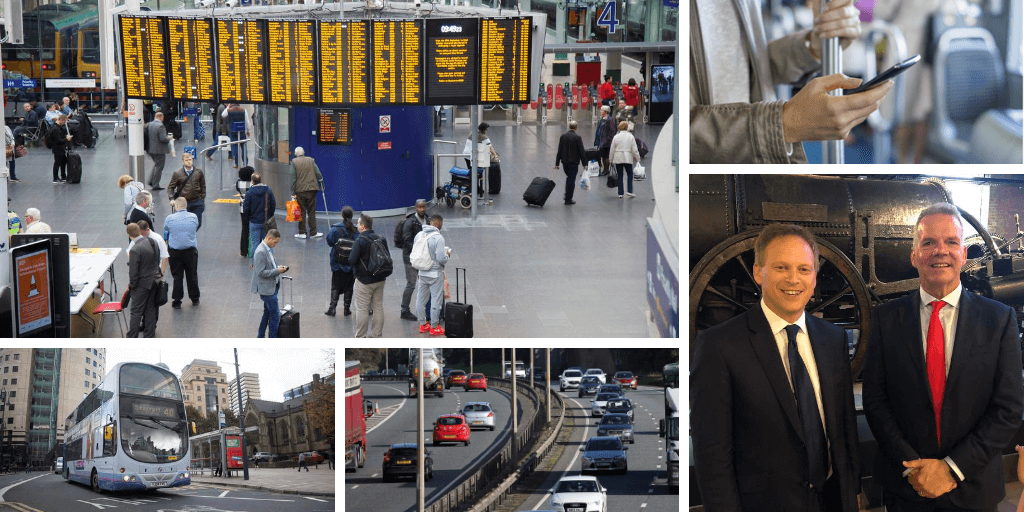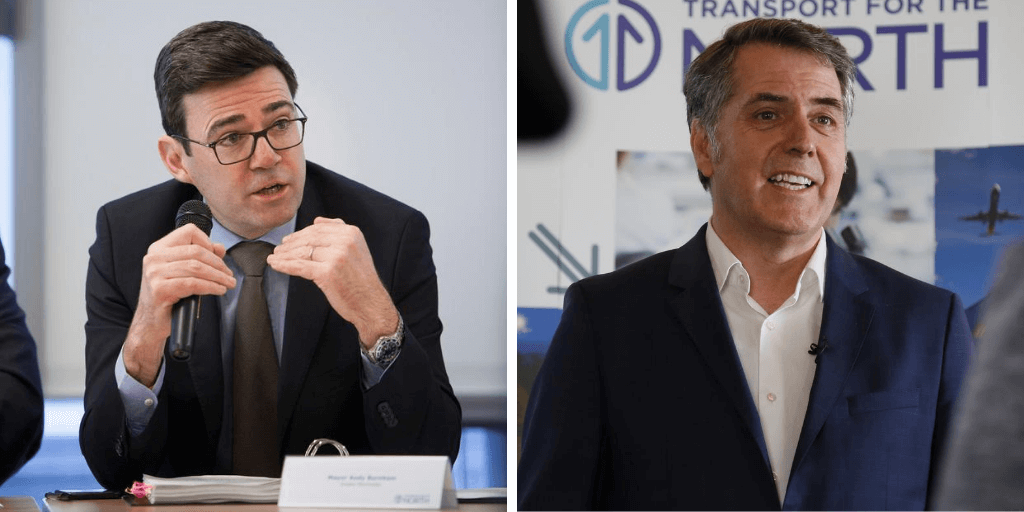Following Pro-Manchester’s ‘Growth and Connectivity in the North West’ webinar, Transport for the North’s Rail Stakeholder Manager, Simon Shrouder, reflects on how the region has come together as one voice calling for change.
In July 1981 I was a reporter on the Skelmersdale Advertiser in West Lancashire. My office was based in the centre of a population of 40,000 people – many of whom had been moved to a greenfield site from Liverpool to pioneer the start-up of a ‘New Town’.
At that time, the country was on a knife-edge. Unemployment was at a 50-year high and the economy was in recession. And then we had the Toxteth Riots. The riots were a response to both the approach to policing in black communities at that time, and the fact that Liverpool was a neglected city blighted through a lack of investment.
The riots prompted Lord Heseltine to bring a bus full of politicians from the Westminster bubble and show them what Liverpool had become. His initial answer, a garden-city initiative, may not have hit the mark, but it nudged a rock that began to roll and start a momentum that has been growing ever since.

Of course, it wasn’t just Liverpool that was down at heel. Towns and cities across the North were suffering too, while London could rest on a solid service industry and the talents of those who had been forced to desert the North in search of a job.
In Skelmersdale, we felt the heat and the ire of those riots and the local police station went into lockdown for the duration. As a reporter I felt very connected to what was happening as just a year or so earlier I had completed a Town and Country Planning degree which included a project on how to transform a derelict group of buildings which now present a very different Albert Dock from the one I saw then.
Urban regeneration – so it now transpires – has always been ‘my thing’. Later in life I worked for a PR consultancy in Manchester whose clients included Central Manchester Development Corporation and the North West Development Association.
While Liverpool was finding its mojo – later with a huge boost from the Duke of Westminster’s investment in Liverpool One – Manchester was rediscovering its warehouses and canal basins and starting to think big. It was a great time to be at the centre of the action and I am proud to have played a small part in the redevelopment of the city – in particular the Castlefield area and some of the buildings on Oxford Road, including Churchgate House.
At this point, the rivalry between Liverpool and Manchester was a little like the rivalry between their football clubs – it was rivalry all the way – except, of course, when we had incidents like the Hillsborough disaster.

After some years working on the above, I eventually joined BAE Systems to work at Warton and witness for myself the brilliant minds of our engineers and scientists as they strove to meet and predict the needs of the armed forces. That job took me to Munich for three years where I produced a magazine for the four Eurofighter nations, the UK, Germany, Italy and Spain. It was a fantastic job which took me around the world and allowed me to engage with many cultures. My son is still in Germany!
But I was missing home – and the North – so when I saw a small advert for a then unknown organisation called Transport for the North – I knew I had to go for it. It was a logical next step on a journey that had been many years in the making.
Transport for the North was a child of the vision of a number of like minds. By 2012/13 it had become abundantly clear that rivalry between Northern cities was not the way forward – however much fun the banter may be!
I well remember the now retired John Humphreys testing the premise of the key leaders behind Transport for the North when he asked them if they would be able to put the interests of the North ahead of their own parochial interests if a difficult decision had to be made.
To a man and woman, they said yes.
And that has always been the test for us. To find and articulate that single voice. And now we have it. Yes, there are tricky negotiations behind the scenes – and yes sometimes these spill out into the open – but that is the nature of getting the big decisions right.

The point is we have a voice – and it is making a difference. The Government now recognises this voice – even if it does not always like what it says. But there is now a commitment to levelling up – and our new Transport Secretary has pledged his commitment to that goal – and is to chair a Northern Transport Acceleration Council to get things done.
While other nations haven’t yet managed it, we’ve got past the riots now. I honestly believe we have evolved and matured as a people – even if at times this has been tortuously slow.

This week our local Metro Mayors in the North West, Andy Burnham and Steve Rotheram spoke powerfully at a Growth and Connectivity webinar hosted by the West Coast Partnership.
Their message was simple and united. The North must not lose its ambition. It must use its single voice. Commitments to levelling up must be followed up on – and, crucially, we will not accept second best.
As the youngest of three sons, growing up I was used to ‘hand-me-downs’. When I was invested in, I gained an education – and was able to buy my own new clothes and walk among the crowds not feeling like, or being treated as, second best.
If you listen to one webinar this week – listen to this one. The North wants to be invested in so it can dress itself. Together we can do it.